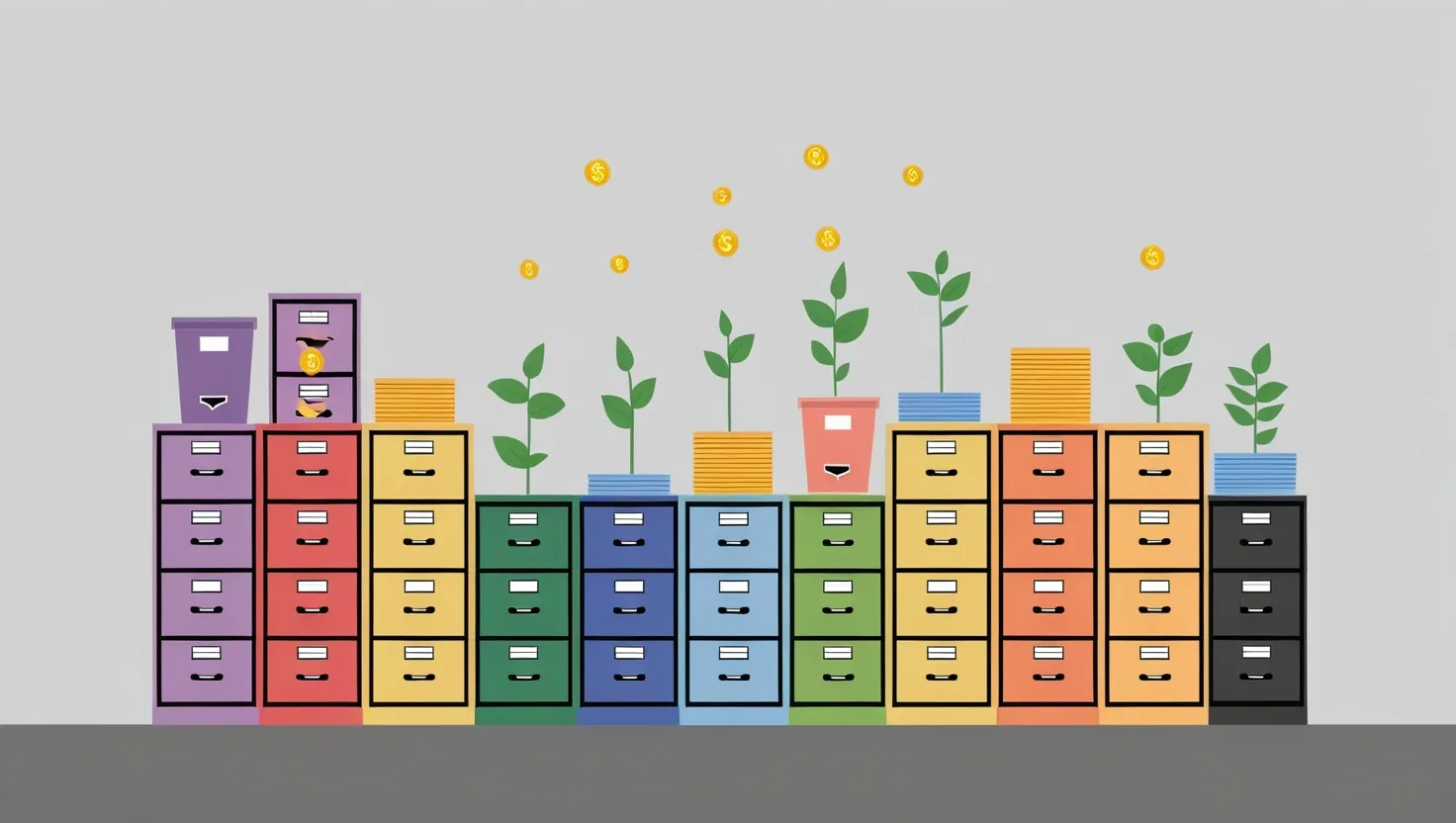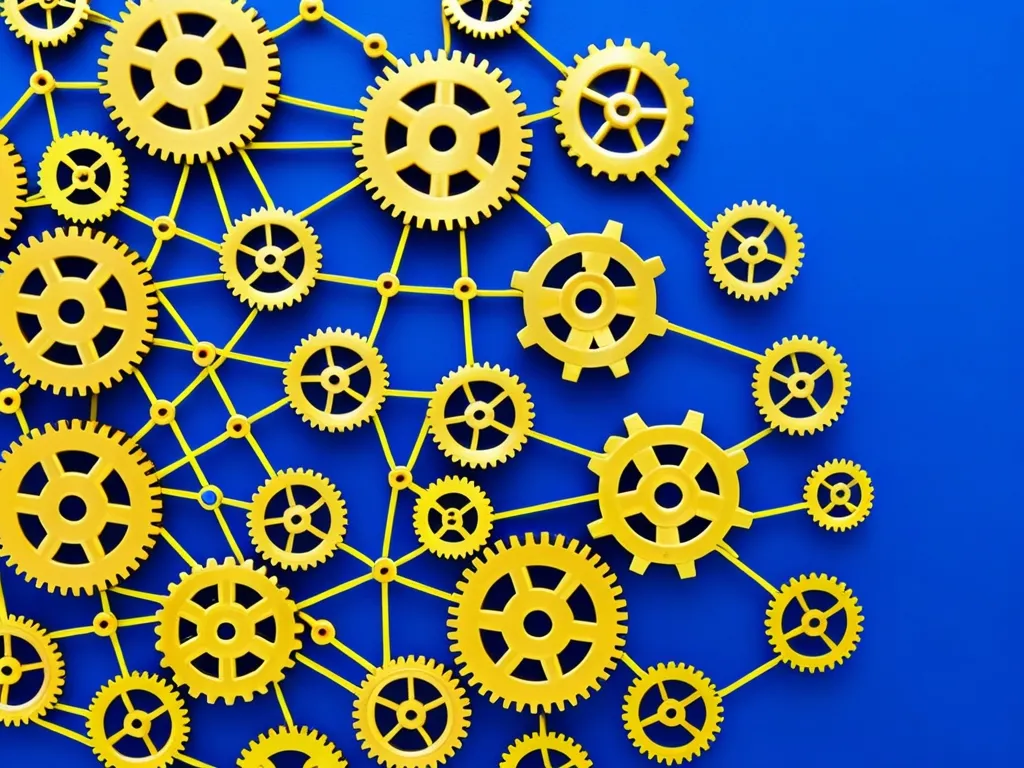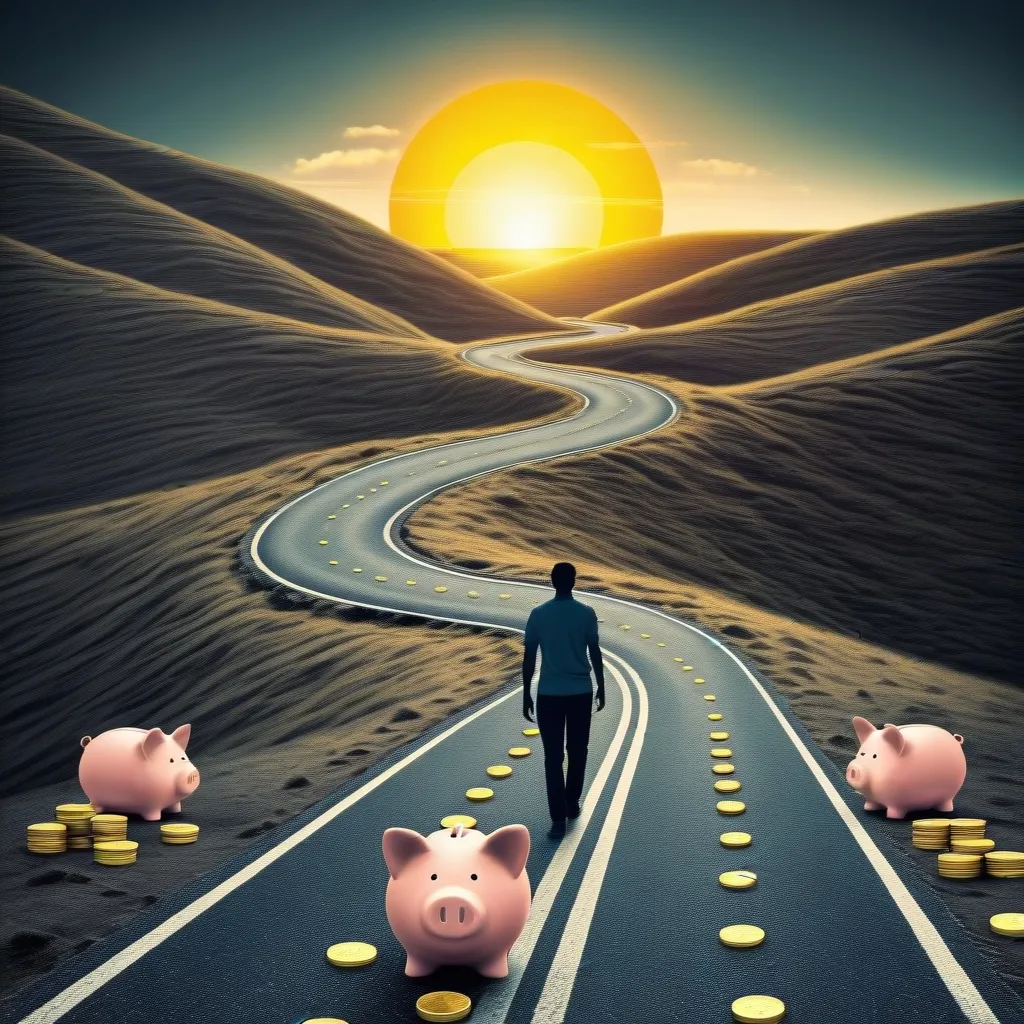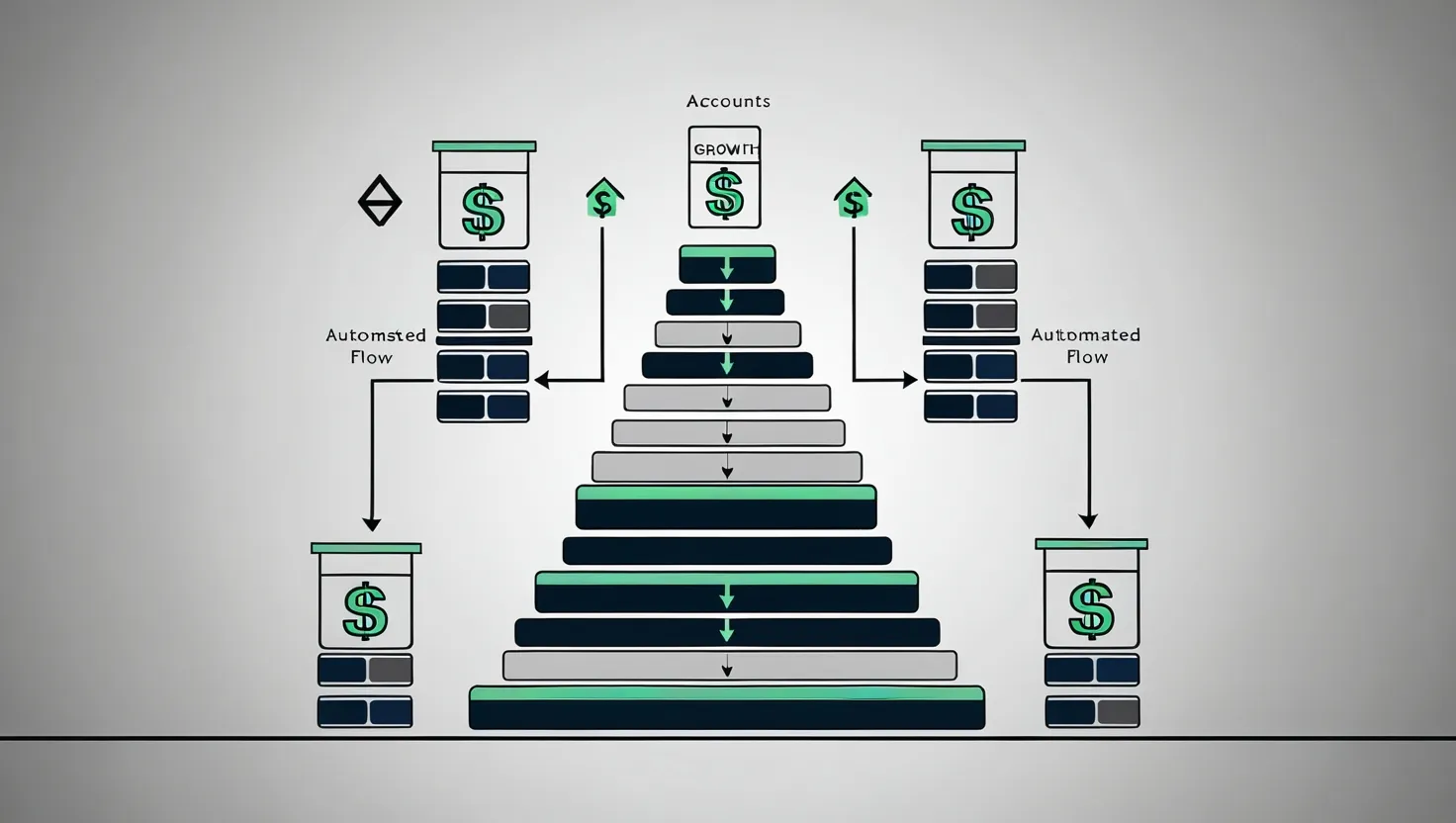Compound interest is like that magic ingredient in your financial recipe that can seriously take your savings and investments to the next level. It’s not just about putting money in the bank, but about earning interest on what you’ve saved plus the interest you earn on that money over time. This creates a snowball effect, where your interest starts earning interest. Let’s get into how this works and why it’s such a game-changer.
Imagine you’ve got a thousand bucks sitting in a savings account with an 8% annual interest rate. Yeah, it doesn’t sound overly exciting, but bear with me. At the end of the first year, you’ll have $1,080. That’s your original thousand plus 80 bucks in interest. Now here’s where it gets cool: in the second year, you’ll earn interest not just on your original $1,000 but on the $1,080. So, in the second year, you’re making interest on interest, which boosts your total to $2,246.40. As time goes on, this effect only gets stronger.
In the early stages, it might feel like you’re hardly making any money. But as the years roll by, that growth picks up pace. Each year’s interest adds to your principal, kind of like rolling a snowball downhill (hence the snowball effect). Say you keep adding $1,000 each year at that same 8% rate. By the third year, you’ll have amassed $3,506.11, and by the fourth year, it jumps to $4,853.02. This exponential growth is what makes compound interest such a powerhouse.
The frequency of when your interest is compounded also plays a big role. Interest can be compounded daily, monthly, quarterly, or yearly. The more frequently it’s compounded, the faster your money grows. For instance, if you’ve got savings accounts, one that compounds interest daily will grow a lot quicker than one that compounds annually.
To see compound interest in action, consider a long-term investment. Let’s say you start investing $6,000 annually at 25 and keep going until you’re 67 with an average return of 7% per year. By retirement, you could be looking at nearly $1.5 million. Wait five more years to start, and you’ll have about $450,000 less despite investing only $30,000 less. That’s compound interest showing why starting early can make a huge difference to your financial future.
There’s also this nifty Rule of 72, which is a quick way to figure out how long it’ll take for your investment to double. You just divide 72 by your annual interest rate. So, with a 5% interest rate, it’ll take roughly 14.4 years for your money to double.
To see why compound interest is so amazing, you have to compare it to simple interest. With simple interest, you earn interest only on the principal amount. Let’s say you deposit $1,000 at a 5% simple interest rate. You’d make $50 each year. But with compound interest, you earn $50 in the first year and then earn interest on $1,050 the next year, making $52.50. It doesn’t sound like a big difference at first, but over time, compound interest leaves simple interest in the dust.
Compound interest isn’t just for banks or theoretical chit-chat. It’s all over in real-life financial tools like high-yield savings accounts, CDs (certificates of deposit), and investment accounts. If you put $1,000 into a high-yield savings account with 5% annual interest compounded monthly, you end up with more over time than with an account that gives simple interest.
But be warned: compound interest can also work against you if you’ve got debt. High-interest loans or credit cards can compound, making the debt grow faster and harder to pay off. Make only the minimum payments on a high-interest credit card, and you could find yourself stuck in a debt cycle.
Don’t forget about taxes, either. Earnings from compound interest are generally taxable unless they’re in a tax-sheltered account. This means you need to consider tax implications when planning your financial goals, so you don’t get an unexpected bill.
Calculating compound interest might seem like black magic, but there’s actually a formula for it:
[ A = P \left(1 + \frac{r}{n}\right)^{nt} ]
Where:
- ( A ) is the future value of your investment or loan, including interest.
- ( P ) is the principal amount (the initial money).
- ( r ) is the annual interest rate (expressed as a decimal).
- ( n ) is the number of times interest is compounded per year.
- ( t ) is the time the money is invested for in years.
Say you invest $1,000 into a 10-year CD that earns 5% interest compounded monthly. Plug that into the formula, and you get a future value of about $1,647.67 after 10 years. Not too shabby for just letting your money sit there!
Compound interest is a financial powerhouse. By understanding how it works and using it wisely, you can grow your savings and investments significantly over time. Whether you’re stashing away cash for retirement, a future big buy, or just building an emergency fund, compound interest is one of the best allies you can have in reaching your financial dreams.
So, start early, invest smartly, and let those interest snowballs roll and grow into an avalanche of wealth.






